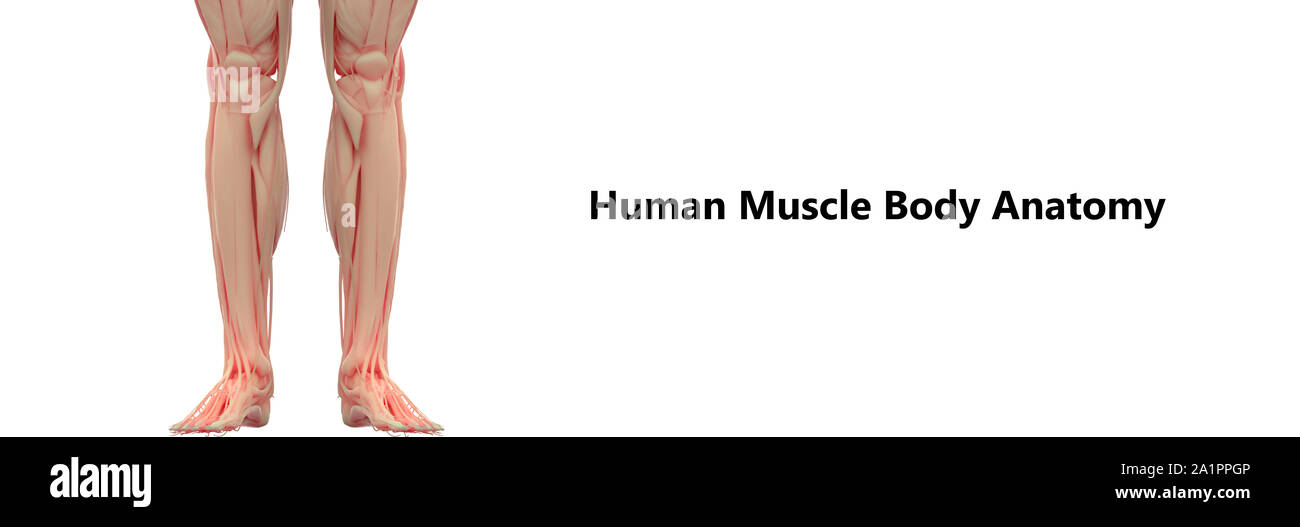

read more, and necrotizing fasciitis Necrotizing Soft Tissue Infection Necrotizing soft tissue infection is typically caused by a mixture of aerobic and anaerobic organisms that cause necrosis of subcutaneous tissue, usually including the fascia. The infection resides in synovial or periarticular tissues and is usually bacterial-in younger adults, frequently. read more, infectious arthritis Acute Infectious Arthritis Acute infectious arthritis is a joint infection that evolves over hours or days. The cause is usually unknown, but trauma, repetitive or acute, may contribute, as may infection and crystal-induced disease.

read more, infectious bursitis Bursitis Bursitis is acute or chronic inflammation of a bursa. Symptoms include local pain, tenderness, warmth, and swelling (if abscesses are near the skin. read more, abscess Abscesses Abscesses are collections of pus in confined tissue spaces, usually caused by bacterial infection. Common symptoms are localized bone pain and tenderness with constitutional symptoms (in acute. Infections include cellulitis Osteomyelitis Osteomyelitis is inflammation and destruction of bone caused by bacteria, mycobacteria, or fungi. Infections are the most common complications of pressure injury. High bacteria counts within the wound can hinder tissue healing. Pressure injuries are a reservoir for hospital-acquired antibiotic-resistant microorganisms. The updated NPIAP staging system also includes definitions for unstageable, deep-tissue, medical device-related, and mucosal membrane pressure injuries ( 1 Staging definition reference Pressure injuries are areas of necrosis and often ulceration (also called pressure ulcers) where soft tissues are compressed between bony prominences and external hard surfaces. Similarly, the scale does not imply that healing progresses from stage 4 through stage 1. Thus, a small injury may in fact represent extensive subcutaneous necrosis and damage. In a rapidly developing pressure injury, subcutaneous tissue can become necrotic before the epidermis erodes. Sometimes, the first sign is a deep, necrotic stage 3 or 4 injury. That is, pressure injuries do not always manifest as stage 1 and then progress to higher stages. However, the numerical staging does not imply linear progression of pressure injuries.

The most widely used system is from the National Pressure Injury Advisory Panel (NPIAP), which classifies pressure injuries into four stages (1 to 4) according to the extent of soft-tissue damage. Postphlebitic (postthrombotic) syndrome is symptomatic chronic.
MASTERS OF ANATOMY FLESH HEELS SKIN
read more immobility venous insufficiency Chronic Venous Insufficiency and Postphlebitic Syndrome Chronic venous insufficiency is impaired venous return, sometimes causing lower extremity discomfort, edema, and skin changes. Mild PAD may be asymptomatic or cause intermittent claudication severe PAD. read more impaired tissue perfusion due to peripheral arterial disease Peripheral Arterial Disease Peripheral arterial disease (PAD) is atherosclerosis of the extremities (virtually always lower) causing ischemia. Early symptoms are related to hyperglycemia and include polydipsia. read more diabetes Diabetes Mellitus (DM) Diabetes mellitus is impaired insulin secretion and variable degrees of peripheral insulin resistance leading to hyperglycemia. (Malnutrition also includes overnutrition.) Undernutrition can result from inadequate ingestion of nutrients, malabsorption, impaired metabolism, loss. Impaired capacity for wound healing (eg, due to undernutrition Overview of Undernutrition Undernutrition is a form of malnutrition.


 0 kommentar(er)
0 kommentar(er)
